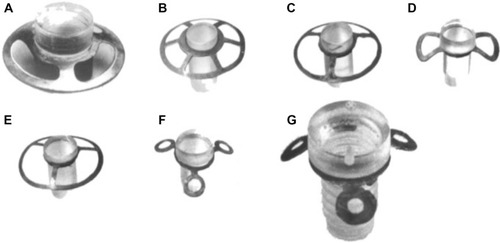Figures & data
Figure 1 Pintucci KPro.
Abbreviation: KPro, keratoprosthesis.
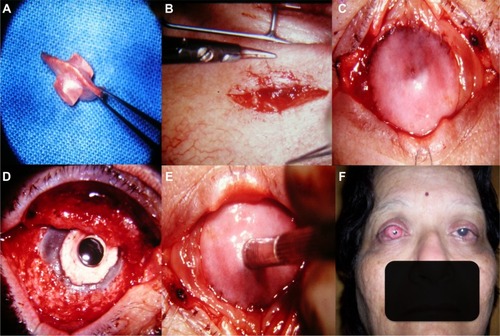
Table 1 Historical kertaoprostheses
Figure 2 AlphaCor keratoprosthesis.
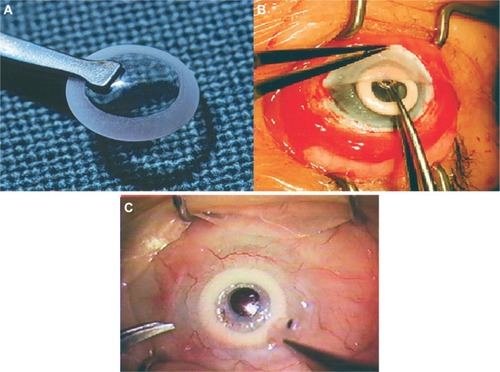
Figure 3 Boston keratoprosthesis.
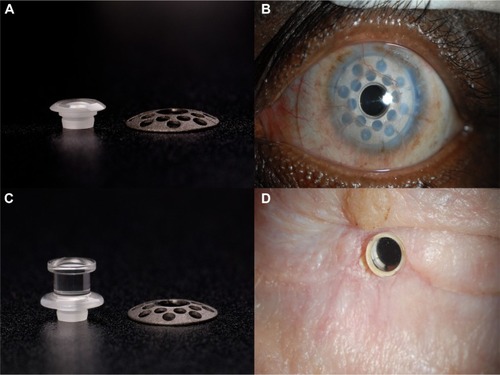
Figure 4 Assembly and implantation of Boston type-1 KPro.
Abbreviations: KPro, keratoprosthesis; PMMA, polymethylmethacrylate.

Figure 5 Postoperative course of the Boston type-1 KPro.
Abbreviations: KPro, keratoprosthesis; OCT, optical coherence tomography.
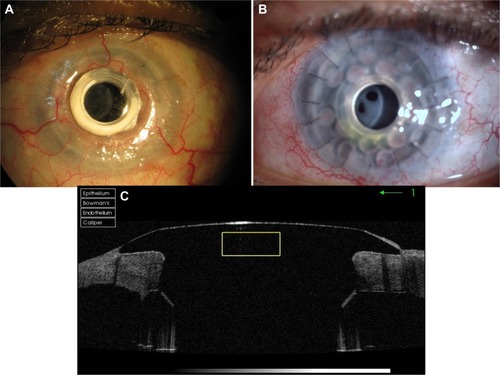
Figure 6 OOKP stage 1 – buccal mucosal graft preparation and transplantation.
Abbreviations: OOKP, osteo-odonto-keratoprosthesis; BMM, buccal mucous membrane.
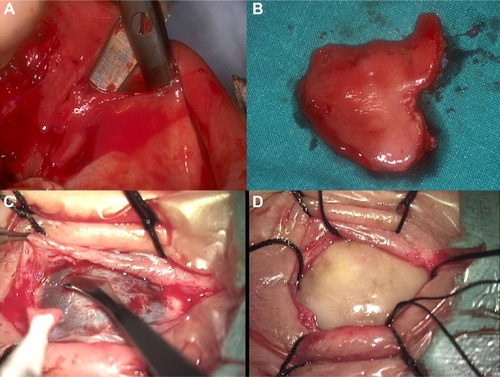
Figure 7 OOKP stage 1 – tooth extraction and preparation of the OOAL lamina.
Abbreviations: OOKP, osteo-odonto-keratoprosthesis; OOAL, alveo-dento-acrylic; PMMA, polymethylmethacrylate.
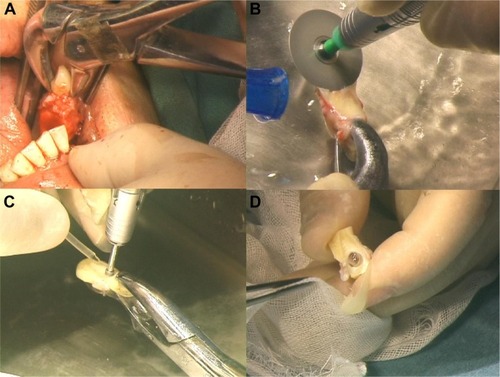
Figure 8 OOKP lamina and postoperative course after stage 1.
Abbreviations: OOKP, osteo-odonto-keratoprosthesis; PMMA, polymethylmethacrylate; OOAL, alveo-dento-acrylic.
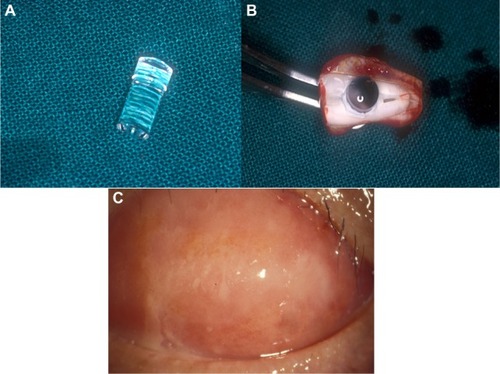
Figure 9 OOKP stage 2 – retrieval of the lamina and implantation into the eye.
Abbreviations: OOKP, osteo-odonto-keratoprosthesis; BMM, buccal mucous membrane; IOL, intraocular lens.
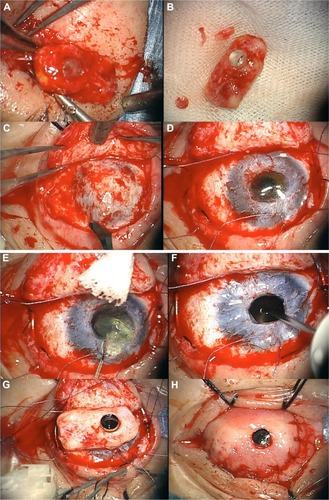
Figure 10 Postoperative course after stage 2.
Abbreviations: OOKP, osteo-odonto-keratoprosthesis; CT, computerized tomography.
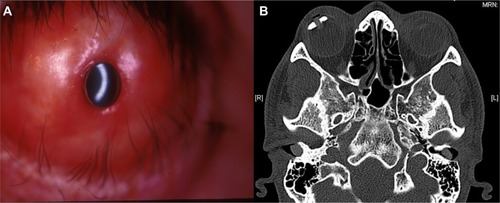
Figure 11 Filatov keratoprostheses.
